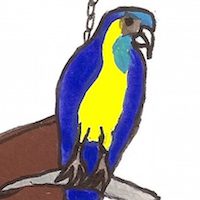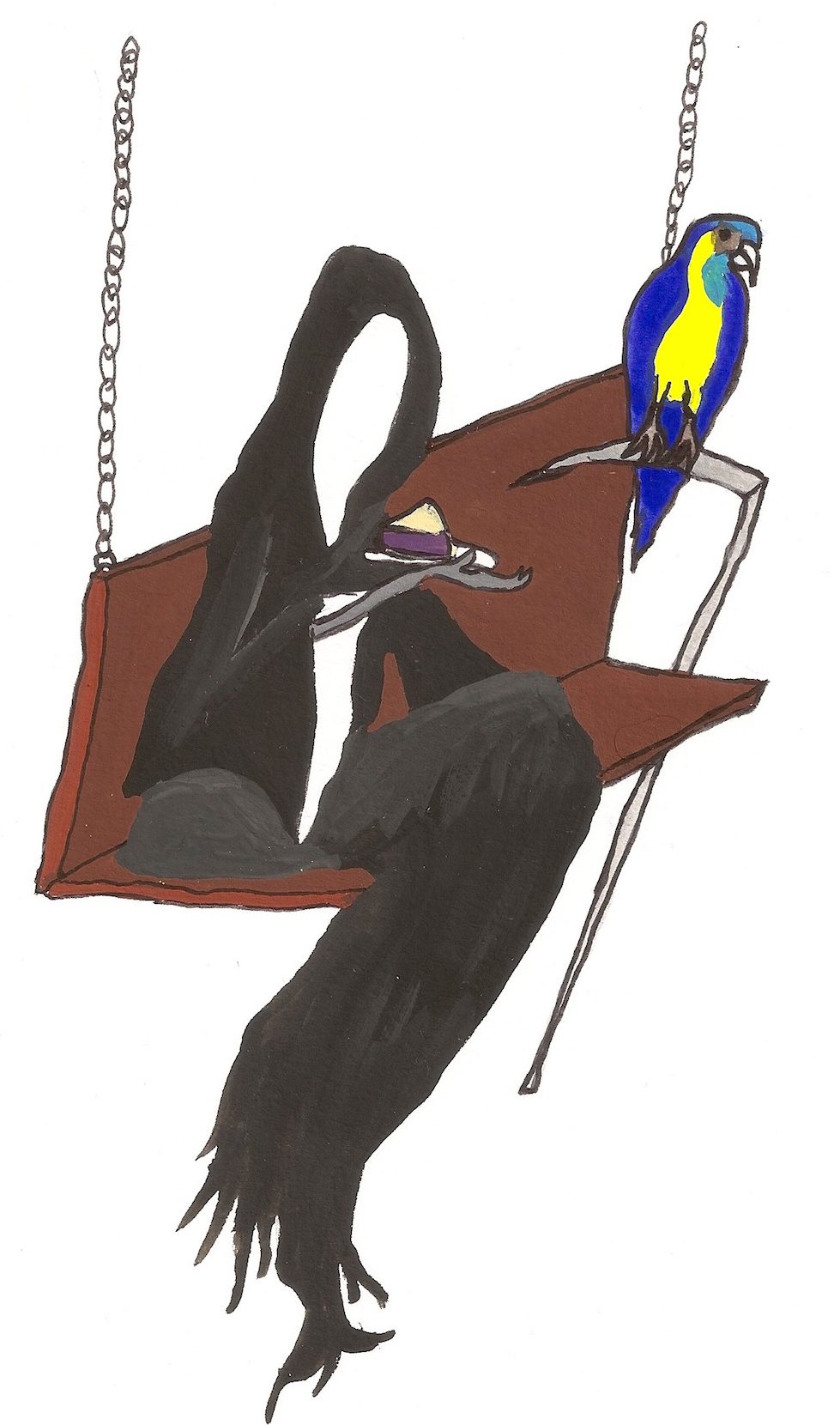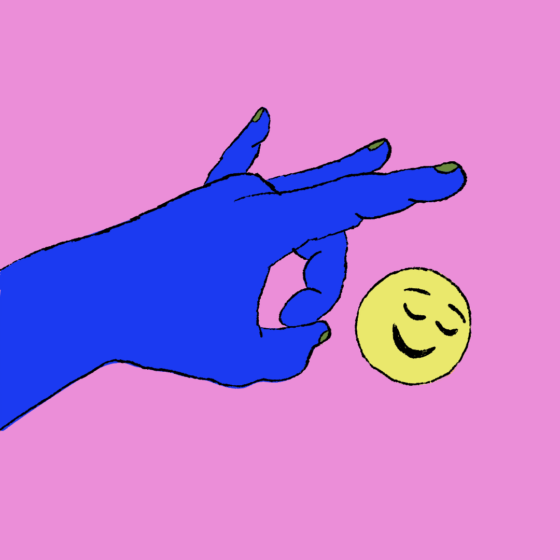
“Too many hours spent on our buns—typing, gabbing, reading or rooting—elevates our average risk of cancer, cardiovascular disease or type 2 diabetes, Canadian researchers reported Monday following a painstaking review of 47 studies that explored the still life.”
—NBCnews.com, January 19, 2015
Still life, a genre of painting defined by its poignant arrangement of dead or inanimate objects, commonly focuses on the bold realism of fruit. A pyramid of plump red apples with a letter opener; persimmons with game fowl and a flute—still life artists explore the enigmatic boundary between life and death. Still life paintings don’t typically use human subjects, so why do they merit inclusion in this particular exhibit? The answer is obviously that these humans are seated in chairs, meaning that like fruit, they are themselves virtually inanimate. Some are nearly lifeless. Others, given their sedentary lifestyles, are basically already dead. As you tour this short exhibit, ask yourself: Which compositions best represent the still life: Fruit or modern humanity, fast on its way to being killed, eventually, by chairs?
1. Still Life in Car Seat with Seven Cherubs, Confectionary, and Ashtray. The first work in this collection depicts the uniquely modern scourge of driving. In the background sit a group of cherubs, who play jauntily in the spacious and ethereal rear seats. Chauffeuring them to an unknown destination is a solitary female driver, probably much younger than she looks. While the cherubs are bathed in the warm yellow light of physical activity, the old woman appears translucently pale. As you approach the painting, her furled brow and iron-clenched jaw indicate she’s in excruciating pain. Perhaps a disk has slipped in her neck. Maybe her brittle thoracic spine has finally buckled after three consecutive hours of hunching over the steering wheel. Every day. Her sallow eyes, devoid of endorphins, glance longingly toward the ashtray. She quit that vile but satisfying habit for the cherubs. In an attempt to soothe her crippling pain, she reaches into the bag of confectionary on her lap, preparing to slam a fistful of candied nuts down her bulging throat.  Tomorrow she’ll be back here again. Fastened, securely, into the saddle of her demise.
Tomorrow she’ll be back here again. Fastened, securely, into the saddle of her demise.
2. Still Life in Seat E of Coach with Leather Briefcase. In this painting, the artist used a new oil technique to render everyday events in brightly exaggerated color. The style reinforces the subject matter: the bitter pain of being reassigned, after several airline delays and cancellations, to a middle seat in economy class, for an international flight. Here, a burly man in a blue wool business suit squeezes down into his seat. Although he was unable to use his points for an upgrade, the fact that he clutches his leather briefcase to his chest to make space for his own legs suggests he’s a seasoned flyer. But his clever travel techniques are no match for his lethal surroundings. Over time, the downward pressure of his ribcage on his own internal organs have given him what doctors call an “untreatable” case of IBS. One day, the man’s face radiates, this confinement will be over. How right he is.
3. Still Life on Sectional Couch, with Bottles, Shellfish, and Pigskin. In this work, a corpulent bearded man reclines on a stain-resistant sectional couch in what is presumably a suburban man cave. Stacked in the center of the coffee table is a pyramid of empty beer bottles, around which are scattered a few half-eaten hamburgers and a small mound of discarded shrimp tails. In the foreground of the frame an 80-inch flat screen TV emits a faint but steady glow. Does it symbolize the ghostly call of death or the end of a late-night athletic broadcast? Definitely maybe both. The most revelatory element is the bright swath of red that covers the man’s lips and chin. It appears that he fell, suddenly, into a loud, apnea-ridden slumber before wiping the slobbered cocktail sauce from his mouth. Or perhaps he’s suffered a pulmonary embolism and those red streaks aren’t shrimp sauce at all. Who needs a boat to cross the river Styx when you have a sectional couch?
4. Still Life in a Porch Swing with Pie, Metal Plate, and a Parrot. One of the most paradoxical aspects of still life is its restless portrayal of nature’s beauty. Here, the human subject—a single woman, happily alone with no apparent desire to marry—sits on an old porch swing knitting a sweater. Next to her is a motionless blue macaw and a
Next to her is a motionless blue macaw and a
piece of loganberry pie, perhaps delivered by her neighbor, happily married, in thanks for some recent cat sitting. In front of her porch is an elegant flower garden and beyond that is a small but inviting lake. Yet, as this woman sits idly on her porch swing, she makes no attempt to get up and move around. In fact, she seems to have no awareness that her pancreas has dramatically slowed its production of the fat enzyme needed to prolong her life. Over the years, she will put on more and more weight, and her sweaters will get larger and larger, until before long, the knitting will be all she has left. One, infinite sweater. And the parrot.
5. Still Life in Cubicles with Fruit Basket, Hanging Spider Plant, and Skull. The last painting in the series depicts the shallow human grave known as an office. Tethered like pre-corpses to their desk chairs, these humans sit eating boxed muffins from Costco, their glucose levels becoming more erratic every day. They face an impossible choice: work here or find new jobs in housing construction, steelworking, or fracking. To cope, they embrace a misguided faith in fruit fiber and the undetermined health benefits of office plants. Like many still life paintings, this includes a foreboding skull. One man’s wife, fond of kitsch, brought it back from New Orleans; it has a small plaque that reads, “Let the Good Times Roll.” Tragically, he keeps it atop his computer, so he can enjoy it anytime, without getting up from his chair, here every day is Fat Tuesday.
***
Rumpus original art by Annie Daly. Purchase Annie’s art here.
***
Please submit your own funny writing to our Rumpus submission manager powered by Submittable. See first: our Funny Women Submission Guidelines.
To read other Funny Women pieces and interviews, see the archives.




